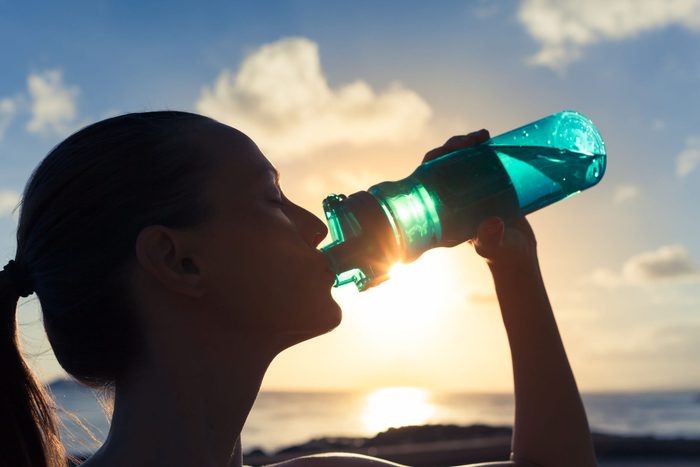
1. Save water by saying no to bottled water
Bottled drinks are more wasteful than you think: it takes 1.39 litres to make a single one-litre bottle of water. A litre of soda is no better, requiring a little over two litres to produce. It’s the simplest trick-ditch the plastic, stick to the tap and save water.
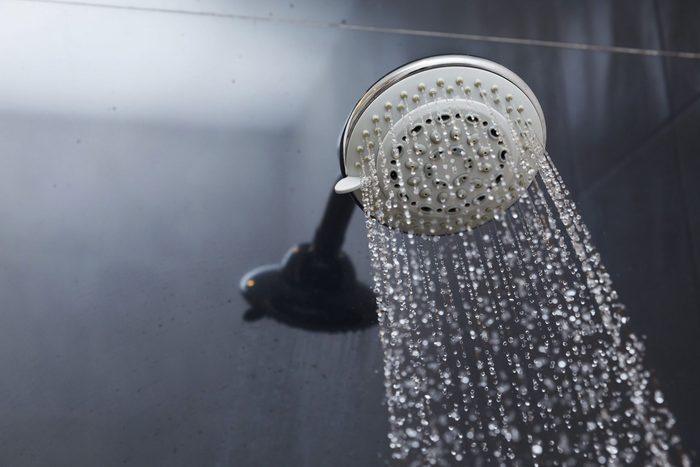
2. You don’t have to go overboard to save water
If you enjoy a relaxing bath each night, try opting for a shower every second day, says Jacob Tompkins, managing director of water-efficiency organization Waterwise. One bath requires approximately 75 litres of water; a five-minute shower uses less than half that amount.
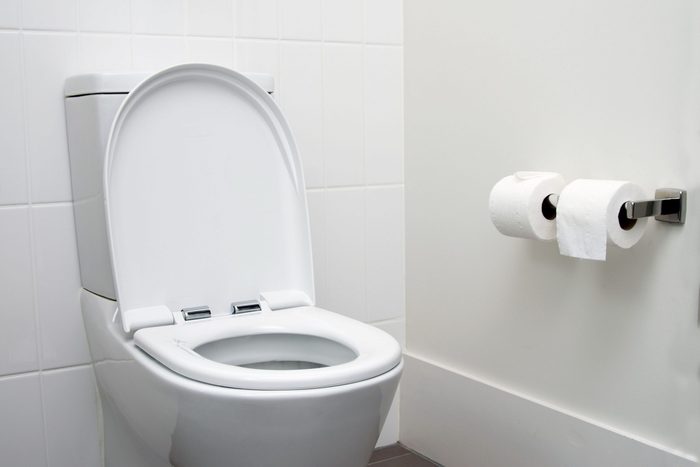
3. Low flow is key
When it comes to toilets, low flow is the way to go. A family of four can save more than 80,000 litres from being flushed each year, meaning these toilets will essentially pay for themselves.
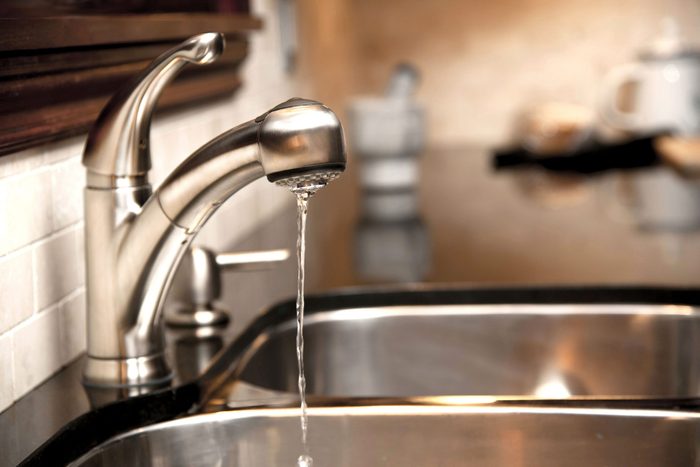
4. Invest in aerators
These inexpensive accessories for faucets and shower heads add air to the flow, which can reduce water consumption by up to 50 per cent. If your home has a water meter, this could mean savings. Water prices vary nationwide, but a homeowner in Calgary, for example, could save at least $42 every year by making the switch.
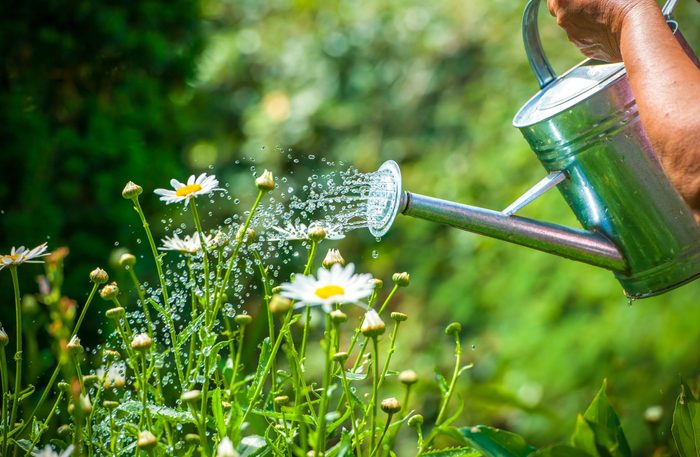
5. Be a smart gardener
Save water the natural way by installing barrels to capture rain and refraining from hydrating your lawn with a hose, suggests Tompkins. Brown grass doesn’t mean dead grass, so wait for precipitation and don’t turn on the sprinkler.
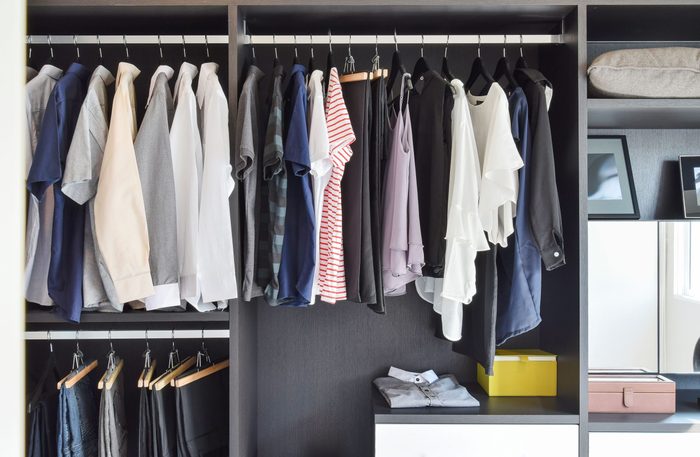
6. Be mindful of what you wear
It takes 2,700 litres of water to make a single cotton T-shirt. So how does one stay fashionable while remaining mindful of their footprint? According to Elizabeth Hendriks, vice-president of freshwater at WWF-Canada, the answer is simple: reduce, reuse and recycle. Instead of buying five cheap tees that will sit in your closet, buy one or two high-quality ones you’ll wear regularly. And when you’re through with last year’s style, don’t forget to donate.
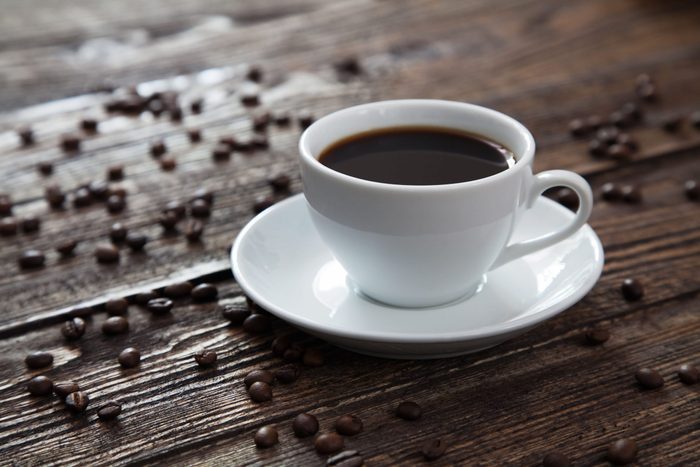
7. Be mindful of what you consume
A single cup of coffee requires approximately 140 litres of water to cultivate and produce. Java lovers needn’t quit cold turkey but should be mindful about the amount they consume each day. “Don’t stop drinking coffee, but don’t throw it away,” Tompkins says. “That wastefulness is where the problem lies.”
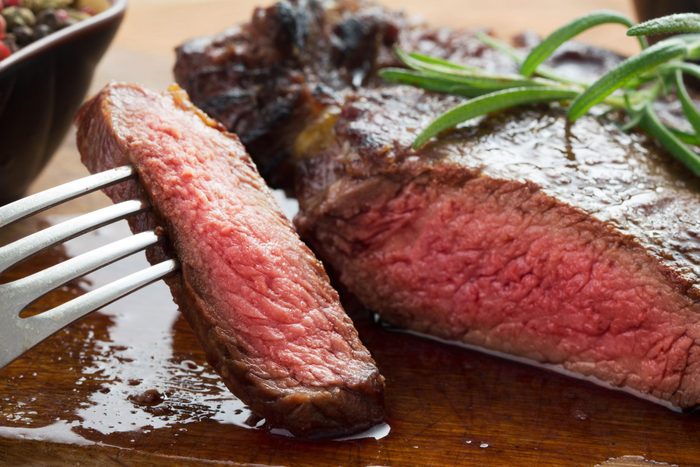
8. Cut back on meat
According to Hendriks, meatless Mondays are a great way to reduce your water footprint. One kilogram of industrially produced beef needs 15,500 litres of water to make it from the farm to the dinner table.
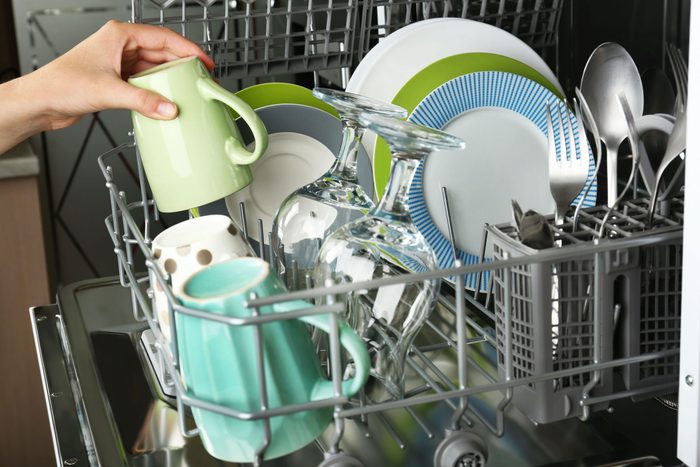
9. Wash your dishes and clothes wisely
An Energy Star-certified dishwasher can use almost 19,000 fewer litres over a year compared to hand washing. Furthermore, doing a few full loads of clothes is more efficient than cleaning many small loads and can save the average family 2,000 litres of water each month.
Related features:
How Much Water Should You Drink To Stay Hydrated?
8 Great Tips For Urban Gardening
14 Ways To Green Your Home